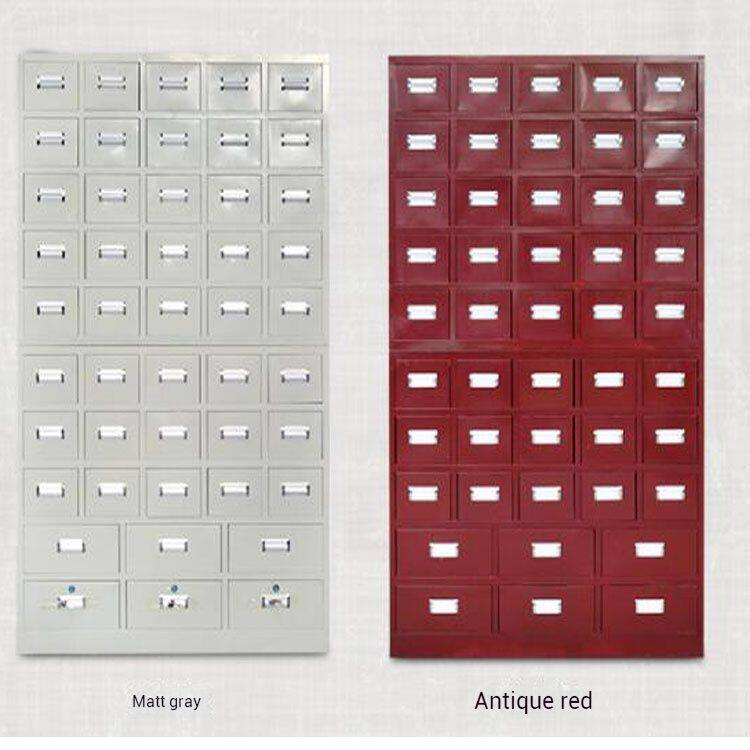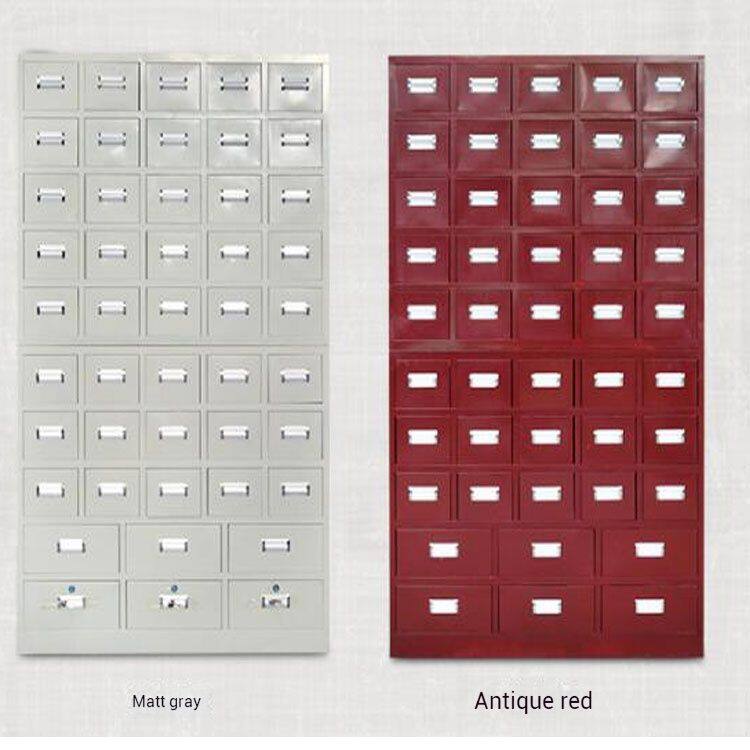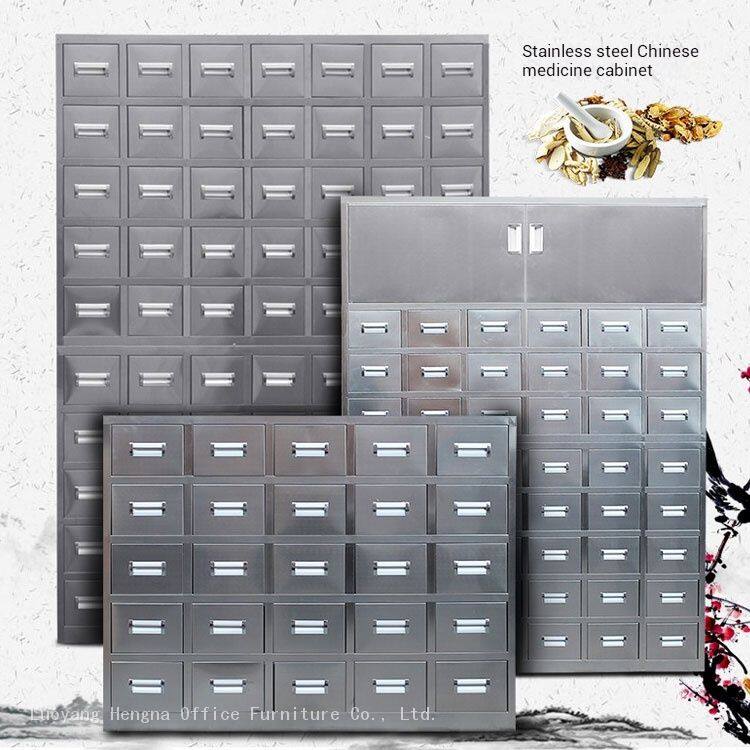-
 Sarah
Hi there! Welcome to my shop. Let me know if you have any questions.
Sarah
Hi there! Welcome to my shop. Let me know if you have any questions.
Your message has exceeded the limit.

How to Reduce Herbal Cross-Contamination With Proper Cabinet Structure
2025-10-25 17:34:10
Herbs are powerful natural medicines that can help with many health problems. But when different herbs mix together accidentally, they can become less effective or even harmful. This mixing is called cross-contamination, and it’s a big problem for anyone who stores and uses herbs. The good news is that the right cabinet structure can help prevent this problem. Let’s learn how to keep your herbs safe and separate with smart storage solutions.
Cross-contamination happens when particles from one herb get mixed with another herb. This can occur in several ways:
Dust and small pieces falling from one herb container to another
Spills that aren’t cleaned up properly
Shared tools that touch multiple herbs
Airborne particles traveling between open containers
When herbs cross-contaminate, several problems can occur:
The herbs might not work as well for their intended purpose
People could have allergic reactions to herbs they didn’t mean to take
Some herb combinations can be dangerous when mixed accidentally
The quality and potency of herbs can decrease

Cabinet Features That Prevent Cross-Contamination
The right cabinet structure is your first line of defense against cross-contamination. Here are the most important features to look for:
1. Separate Compartments
A good herb cabinet should have individual sections for different herbs. These compartments can be:
Drawers with dividers
Separate shelves with barriers
Individual containers with lids
Sealed boxes for each herb type
Each herb should have its own space where it can’t touch other herbs. This is especially important for strong-smelling herbs or those that are very potent.
2. Airtight Containers
Inside your cabinet, herbs should be stored in airtight containers. These containers:
Keep herb particles from escaping into the air
Prevent moisture from getting in or out
Stop strong smells from mixing between herbs
Protect herbs from pests and dust
Glass jars with tight lids work well, as do high-quality plastic containers with secure seals.
3. Proper Ventilation
While you want to keep herbs separate, your cabinet also needs good air circulation. Proper ventilation:
Prevents moisture buildup that can lead to mold
Removes airborne particles that could cause cross-contamination
Keeps herbs fresh for longer
Reduces musty smells
Look for cabinets with small vents that allow air to flow without letting herbs mix.
4. Easy-to-Clean Surfaces
Spills happen, and when they do, you need to clean them quickly. Cabinets with:
Smooth, non-porous surfaces
Removable shelves and drawers
Rounded corners (no hard-to-reach crevices)
Water-resistant materials
make cleaning much easier and more effective.
Organizing Your Herb Cabinet
Even with the best cabinet, you need to organize your herbs properly. Here’s a simple system that works well:
| Herb Category | Storage Location | Special Considerations |
|---|---|---|
| Roots (Ginseng, Ginger) | Lower shelves | Heavy and need sturdy support |
| Leaves (Mint, Basil) | Middle shelves | Light and can be crushed easily |
| Flowers (Chamomile, Lavender) | Upper shelves | Delicate and need protection |
| Seeds (Fennel, Coriander) | Small containers | Can roll and mix if not contained |
| Powders (Turmeric, Cinnamon) | Airtight jars | Fine particles easily become airborne |
Label Everything Clearly
Every container should have a clear label with:
The name of the herb
The date it was stored
Any special storage instructions
Potential allergens
This prevents mix-ups and helps you use older herbs first (first in, first out).
Group Similar Herbs Together
Organize herbs by:
Their use (digestive, sleep, energy)
Their plant family
Their form (whole, powdered, extract)
This makes it easier to find what you need and reduces the chance of grabbing the wrong herb.
Maintaining a Contamination-Free Cabinet
Keeping your herb cabinet clean and organized requires regular maintenance:
Daily Habits
Close containers immediately after use
Wipe up spills right away
Return herbs to their proper place
Check for any signs of moisture or pests
Weekly Tasks
Dust shelves and containers

Check labels to make sure they’re still readable
Look for any signs of cross-contamination
Organize any herbs that have gotten mixed up
Monthly Deep Cleaning
Take everything out of the cabinet
Wash all surfaces with mild soap and water
Dry everything completely before putting herbs back
Check expiration dates and remove old herbs
Reorganize if needed
Special Considerations for Different Herb Types
Some herbs need extra care to prevent cross-contamination:
Potent Herbs
Herbs like goldenseal or ephedra are very strong and should be stored:
In their own sealed containers
Away from other herbs
In a locked cabinet if children are present
Allergenic Herbs
Herbs that commonly cause allergies (like chamomile or echinacea) should:
Have warning labels
Be stored separately from non-allergenic herbs
Be handled with clean, dedicated tools
Liquid Extracts and Tinctures
Liquid forms of herbs need special care:
Store in leak-proof containers
Keep upright to prevent spills
Store away from dry herbs to prevent moisture transfer
Cross-contamination can turn helpful herbs into health hazards, but the right cabinet structure and organization can prevent these problems. By choosing a cabinet with separate compartments, airtight containers, good ventilation, and easy-to-clean surfaces, you create a safe environment for your herbal collection.
Remember to label everything clearly, organize herbs logically, and maintain your cabinet regularly. These simple steps will keep your herbs pure, potent, and ready to use when you need them. Your health and safety are worth the extra effort it takes to store herbs properly!
Tags: What Is Herbal Cross-Contamination, Proper Cabinet Structure

